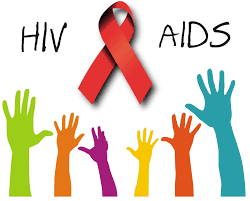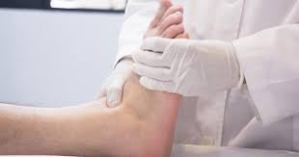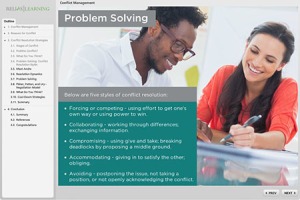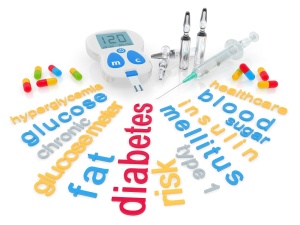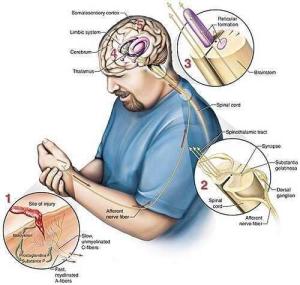 Preventing Fraud, Abuse, and Waste: A Primer for Physical Therapists
Preventing Fraud, Abuse, and Waste: A Primer for Physical Therapists- The federal government and other payers have enacted laws, written regulations, and introduced policies to crack down on the prevalence of health care fraud, abuse, and waste. While the vast majority of physical therapists provide patients with appropriate services and submit proper claims for payment with accurate information, the payment system and regulatory environment is complex and lack of knowledge can put therapists at risk for billing errors that could be considered fraud, waste, or abuse. This self-directed reading course explains the difference between fraud, waste, and abuse and provides the information necessary to comply with relevant laws and regulations that affect payment. Topics covered include laws governing a PTs relationships with payers, referral sources, and patients, evidence-based practice and ethics/professionalism, and the basic elements of a compliance program.
1. Distinguish between fraud, abuse, and waste
2. Identify the 5 federal fraud and abuse laws important for physical therapists to know
3. Identify inappropriate billing, coding, and documentation practices
4. Identify improper relationships with physicians and other referral sources
5. Recall the 7 core elements that form the basis for developing a compliance program 6. 6. 6. Locate resources to help them take action if there is a problem.
1.0 Free CEUs for Physical Therapists

 West Nile Virus Infection- The purpose of this course is to prepare healthcare professionals to recognize the signs and symptoms of West Nile virus fever and diseases and to educate patients and the general public using evidence-based, up-to-date information about its symptoms, treatment, and prevention.
Explain the mechanism of transmission of infections of West Nile virus.
Describe the signs and symptoms of West Nile virus fever and diseases.
Discuss the treatment of West Nile virus infections.
Identify measures for the prevention of West Nile virus infections.
West Nile Virus Infection- The purpose of this course is to prepare healthcare professionals to recognize the signs and symptoms of West Nile virus fever and diseases and to educate patients and the general public using evidence-based, up-to-date information about its symptoms, treatment, and prevention.
Explain the mechanism of transmission of infections of West Nile virus.
Describe the signs and symptoms of West Nile virus fever and diseases.
Discuss the treatment of West Nile virus infections.
Identify measures for the prevention of West Nile virus infections.





